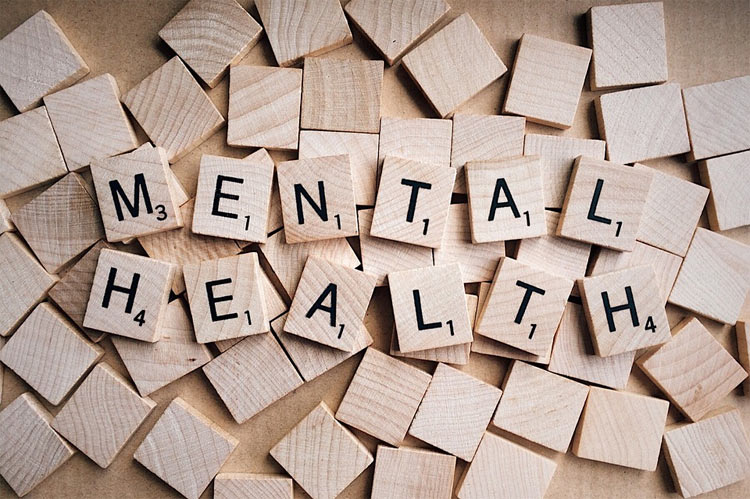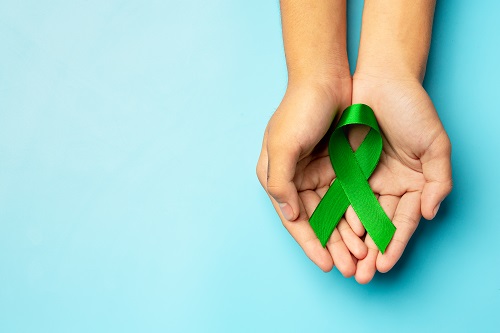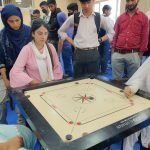Stop suicides, increase public awareness and remove social stigmas

Sign Up For Daily Newsletter
Be keep up! Get the latest breaking news delivered straight to your inbox.
By signing up, you agree to our Terms of Use and acknowledge the data practices in our Privacy Policy. You may unsubscribe at any time.
Leave a Comment
Leave a Comment
Stay Connected
Latest News
Recent Posts
- PM spreading Dalai Lama’s message of peace, harmony across globe: Chugh
- Ensure timely cyber security audit of websites: Chief Secy
- Ladakh’s Shahnaz Parveen to Represent India at World University Games in Germany
- District Srinagar Carrom Championship 2025-26 to be held from July 29–30
- DPS Sgr Students Embark on Transformative Expedition to Zanskar







